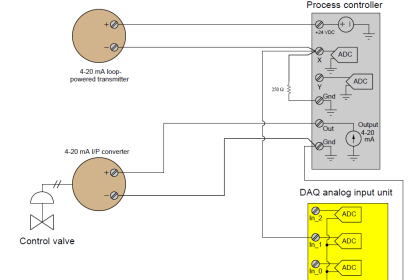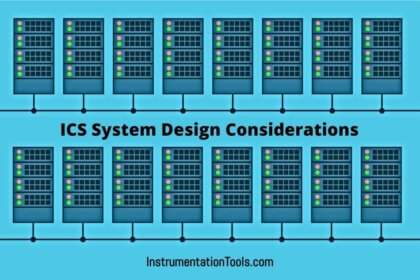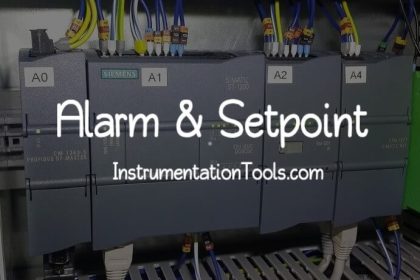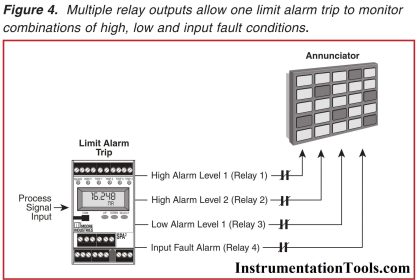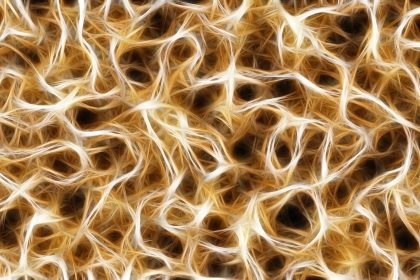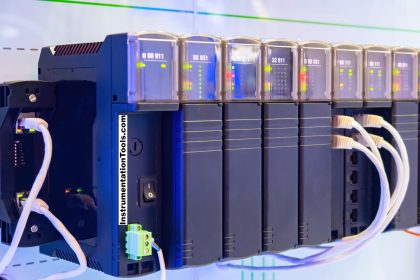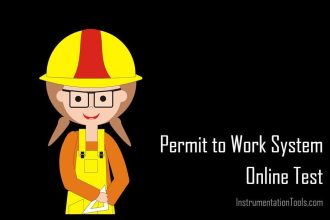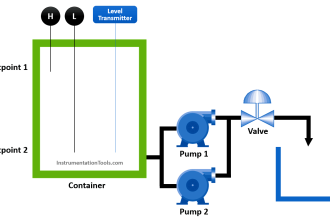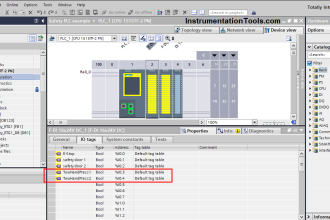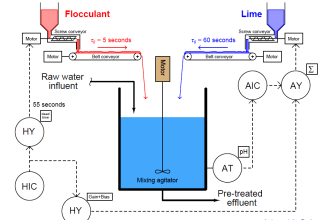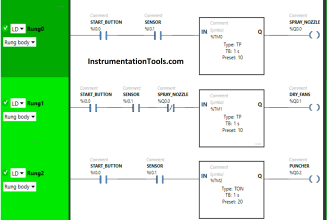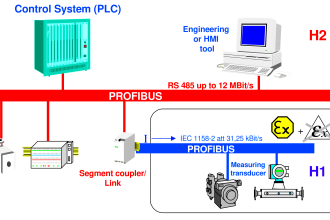In this article, you will learn about signal isolators, their principle, advantages, disadvantages, and applications.
Why Signal Isolation?
Signal isolation is a critical technique in industrial and electronic systems to eliminate all forms of operational disturbances. They are both in signal transmission and those coming from sensors, transmitters, and going to data acquisition systems, PLC, and DCS systems.
Signal isolators do play an active role in avoiding signal disturbance by providing electrical separation between two parts of a circuit.
Please note that the incoming signal to the isolator is not scaled or adapted to the requirements of the specific application.
Signal Isolator
A signal isolator is an electronic device used to separate or isolate one electrical signal from another in a control system. Signal isolators provide electrical (galvanic) separation between input and output circuitry. This can be important in various industrial and engineering applications to prevent interference and ensure safety. They are slightly different from signal converters or signal conditioners.
Signal isolators are generally used to split a signal, and boost, and protect process signals.
They ensure that signals from sensors and transmitters are accurately transmitted to control systems without interference. Isolators help protect sensitive control equipment from voltage spikes, ground loops, and other electrical-related disturbances.
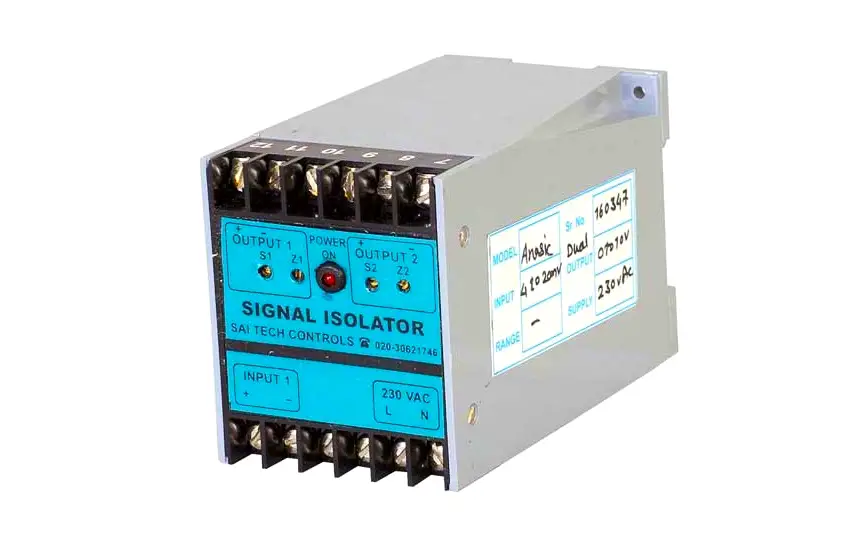
Isolators are available in the market in various forms, such as DIN rail-mounted modules, which makes them suitable for industrial installations.
Principle
The primary principle of a signal isolator is to ensure that electrical noise, ground loops, and potential differences between two circuits do not interfere with the accurate transmission of the signal. The isolator provides a barrier that allows the signal to pass while blocking any unwanted electrical effects.
Categories of Signal Isolators
Three categories of isolators are generally used in industrial instrumentation. Isolators transmit continuous analog signals across the isolation barrier. They are often used to isolate sensors and transducers from DCS, PLC, or any other data acquisition system.
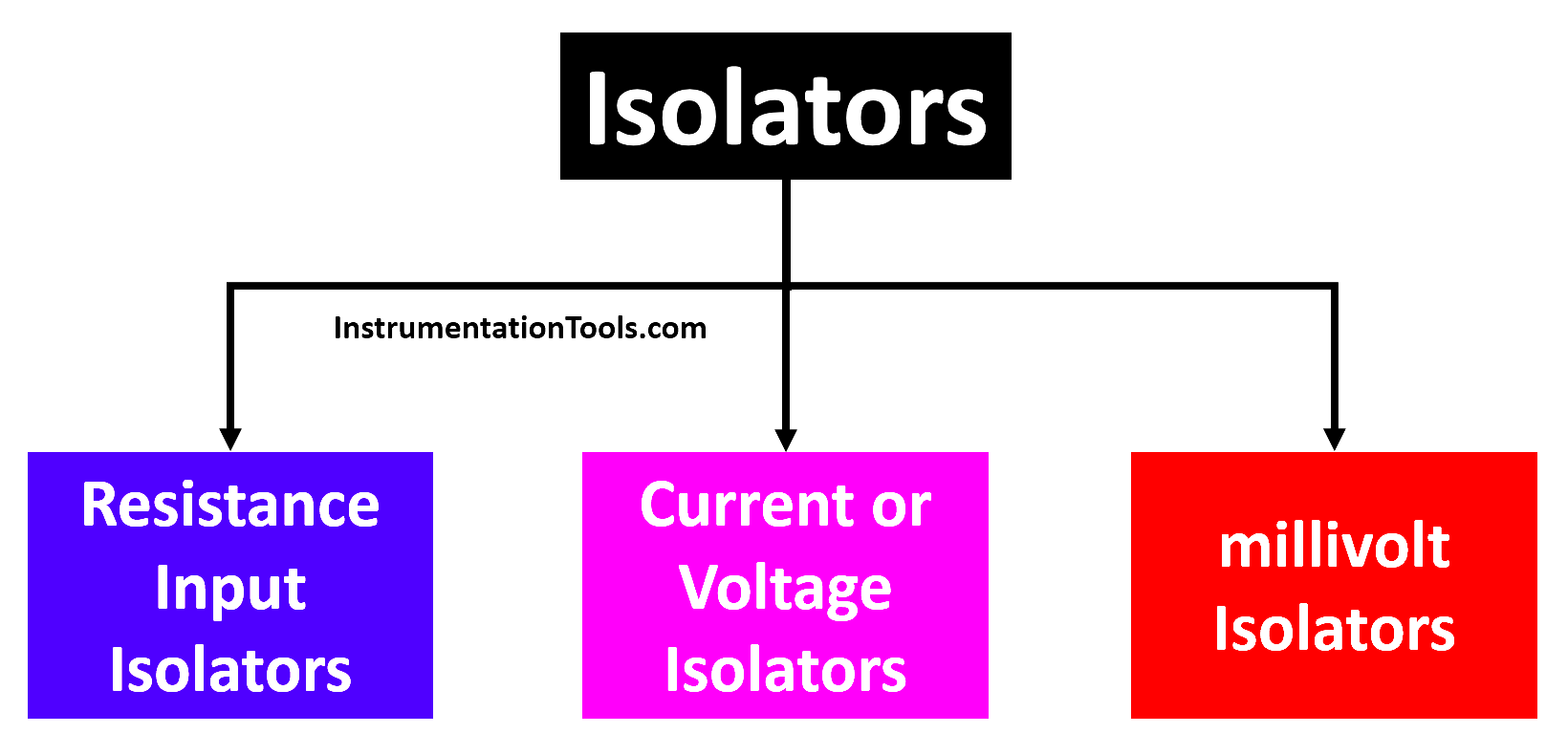
Resistance Input Isolators
Resistance-based signals are commonly used for measurements such as temperature, pressure, and strain. These measurements are often converted into electrical resistance values, which are then transmitted to control systems.
Resistance input signal isolators play a significant role in maintaining signal accuracy and reducing noise.
Current or Voltage Isolators
Current isolators provide electrical isolation between input and output current signals.
They maintain specific current levels on the output side that are proportional to the input current while isolating the two sides to prevent any unwanted interactions.
millivolt Isolators
They are commonly used in various applications where accurate measurements and signal integrity are crucial. These isolators can handle low-level voltage signals in the range of millivolt range and maintain the separation between input and output circuits, preventing ground loops and interference.
Types of Signal Isolators
Isolators are two different types of devices used to isolate or protect one circuit from the effects of another.
One is an active Isolator and the other is a passive isolator.
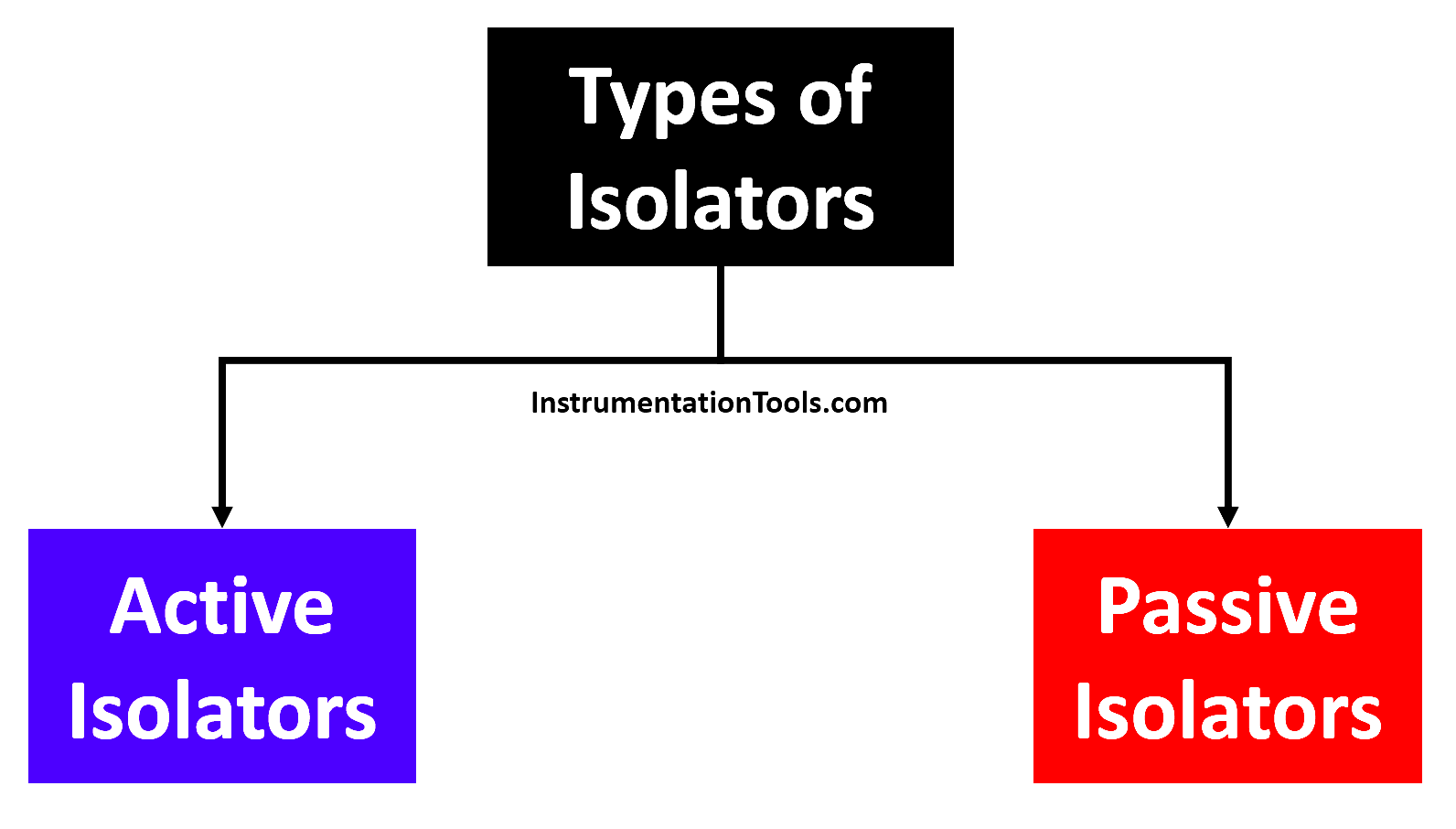
Active Isolator
The active isolator is an electronic device that uses active components like amplifiers, operational amplifiers, or other active circuitry to provide isolation between the two circuits. It includes a power supply to operate.
Active isolators can actively manipulate signals between the input and output, which allows for signal conditioning, amplification, or inversion as needed.
Active isolator examples – Sensors and transducers
Passive Isolators
The passive isolator does not require an external power supply or power source to operate. It relies solely on passive electronic components like resistors, capacitors, transformers, and optocouplers to provide isolation between two circuits. They do not actively amplify or manipulate signals but still provide effective isolation for man applications.
Passive isolator examples – Resistance based isolators
Advantages of Signal Isolators
- The main advantage of signal isolators is their ability to provide electrical isolation, which helps prevent ground loops and reduces the risk of damage from voltage spikes or transients.
- Signal isolators maintain signal integrity
- They ensure accurate measurements
- Electromagnetic interference (EMI) can be eliminated.
- In industrial applications, signal isolators can enhance safety by isolating high-voltage and potentially hazardous equipment from low-voltage control systems, protecting operators and equipment.
- Signal isolation eliminates the possibility of ground loops, which can introduce noise and inaccuracies in measurement and control systems.
Disadvantages of Signal Isolators
There is a possibility of signal degradation due to the isolation components.
Applications of Signal Isolators
- Signal isolators are commonly used in industrial environments for process control, power generation, and distribution to separate control circuits from measurement circuits.
- Motor control applications.
- Signal isolators are used in medical environments and are essential for electrical isolation for safety.
- Thereby ensuring accurate signal readings and preventing noise interference.
If you liked this article, then please subscribe to our YouTube Channel for Instrumentation, Electrical, PLC, SCADA, and Industrial Automation video tutorials.
You can also follow us on Facebook and Twitter to receive daily updates.
- Find the Best PLC for Your Project
- HMI Screens on a Mobile or Tablet
- Top Automation Vendors in World
- Tia Portal Interrupt Organization Block
- Types of Sensors Used in Automobiles
